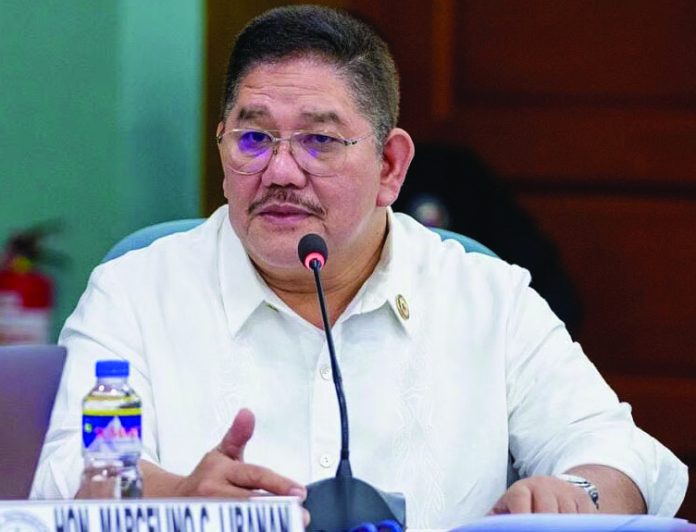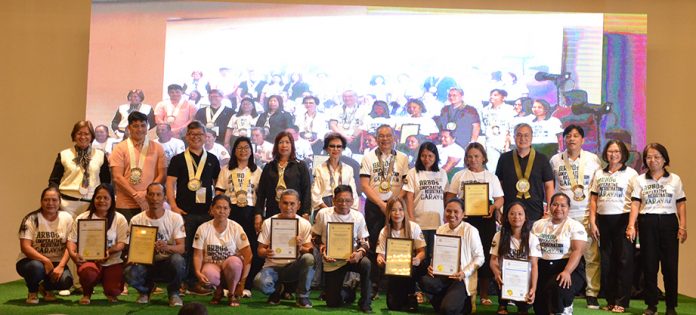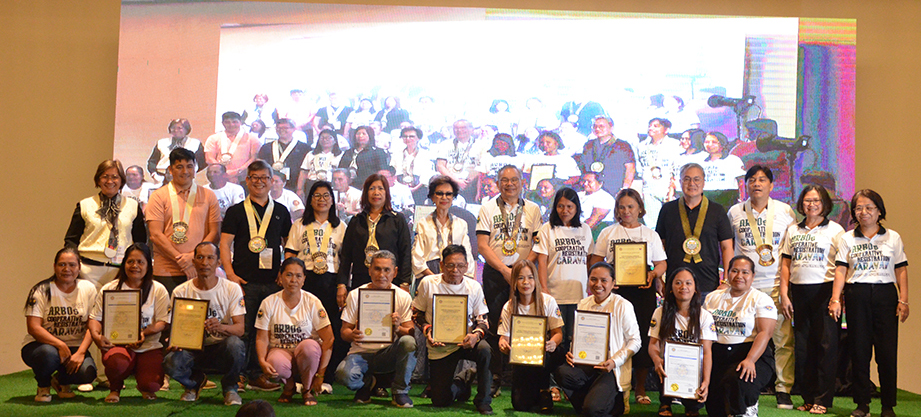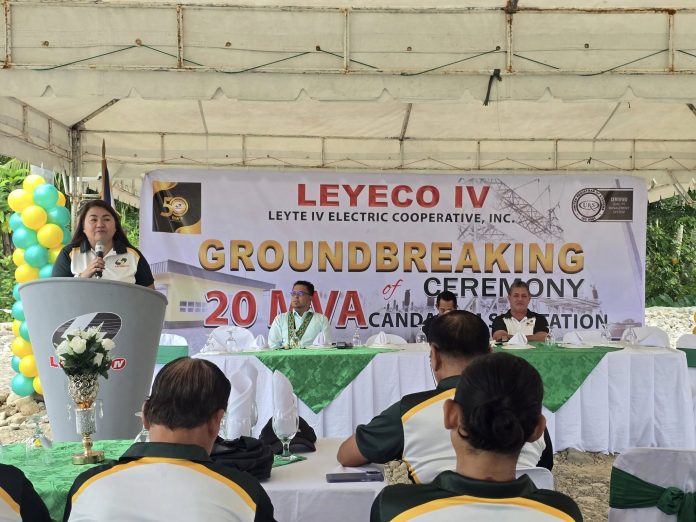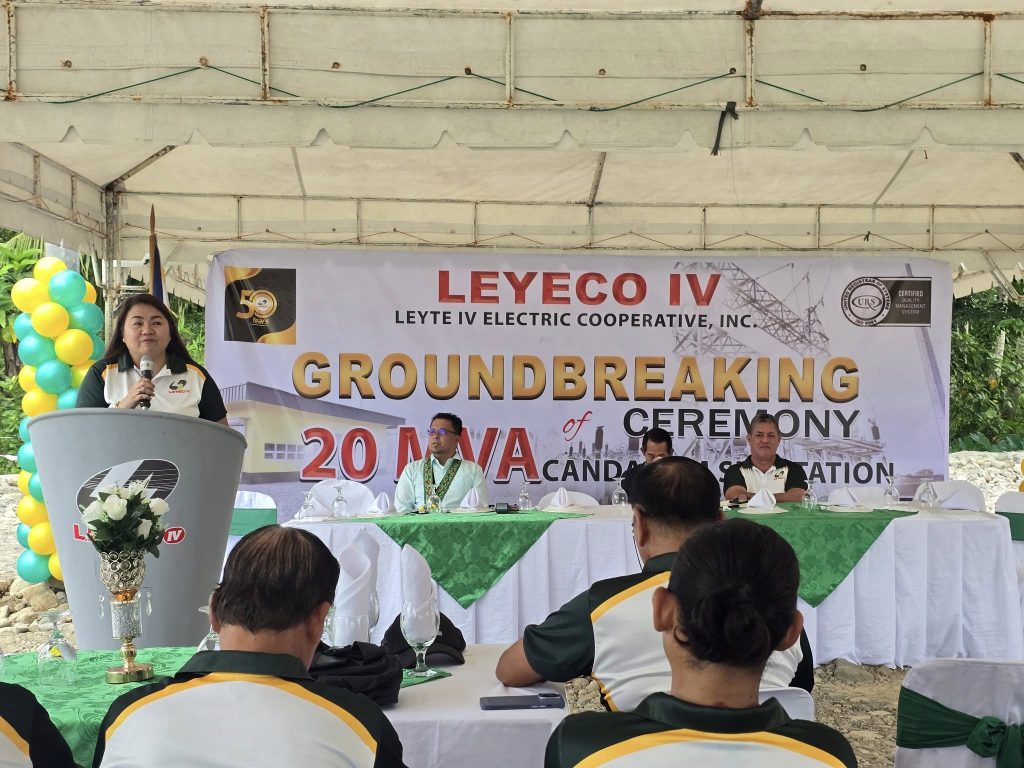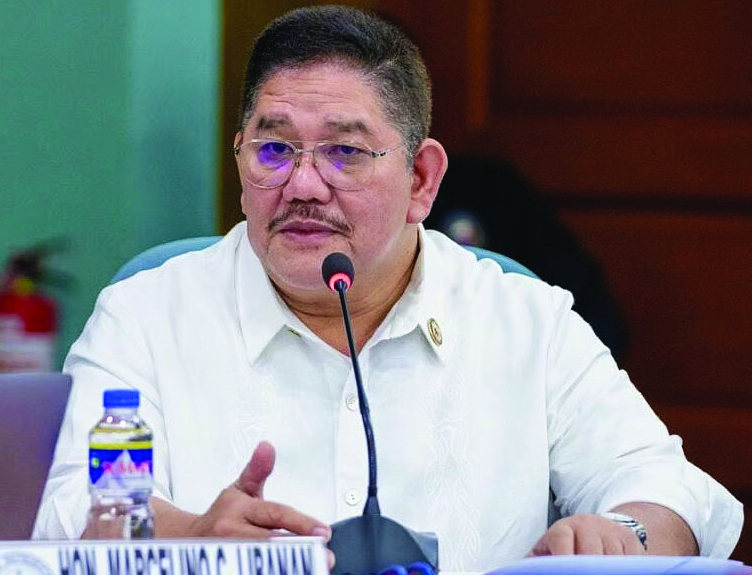
TACLOBAN CITY — 4Ps Party-list Representative Marcelino “Nonoy” Libanan has been re-elected as House Minority Leader after receiving a unanimous vote from the 27-member minority bloc of the House of Representatives.
Libanan’s re-election was decided in a caucus held shortly after Isabela Rep. Faustino Dy III was chosen as the new House Speaker, following the resignation of Leyte Rep. Martin Romualdez from the country’s fourth-highest elective post.
The minority bloc is composed of House members who did not support Dy’s election as Speaker.
Among those who voted for Libanan were Representatives Arlene Bag-ao (Dinagat Islands), Edgar Erice (Caloocan City), Cielo Krisel Lagman (Albay), Jesus Suntay (Quezon City), Audrey Kay Zubiri (Bukidnon), Christopher Sheen Gonzales (Eastern Samar), Stephen James Tan (Samar), Reynolds Michael Tan (Samar), Niko Raul Daza (Northern Samar), Leila de Lima (Mamamayang Liberal), Jose Manuel Diokno (Akbayan), Percival Cendaña (Akbayan), Dadah Kiram Ismula (Akbayan), Paolo Henry Marcoleta (Sagip), Jonathan Clement Abalos II (4Ps), Presley de Jesus (Philreca), Sergio Dagooc (Apec), Antonio Tinio (ACT-Teachers), Renee Louise Co (Kabataan), Roberto Gerard Nazal Jr. (Bagong Henerasyon), Jernie Jett Nisay (Pusong Pinoy), Allan Ty (LPGMA), Terry Ridon (Bicol Saro), Elijah San Fernando (Kamanggagawa), Arlyn Ayon (Swerte), and Iris Marie Montes (4K).
Libanan first assumed the House Minority Leader position in 2022 and has since been active in pushing for legislative measures on social welfare, poverty reduction, and inclusive growth.
(LIZBETH ANN A. ABELLA)

